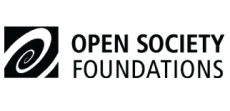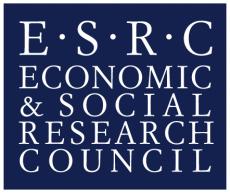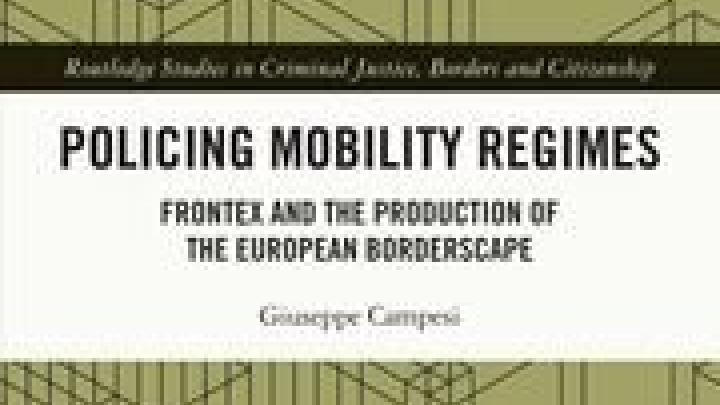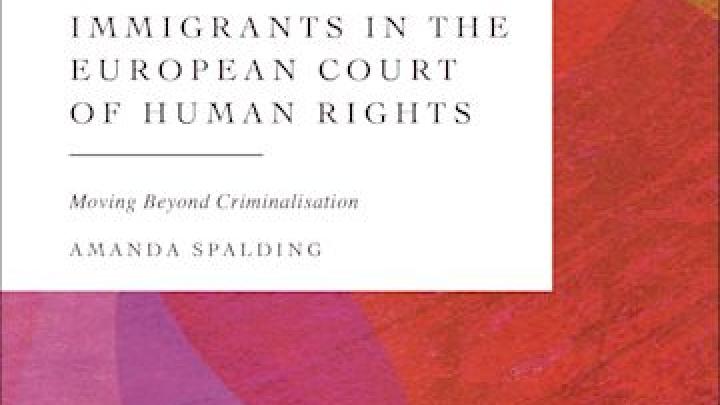Book Review: Child Migration and Human Rights in a Global Age
Posted
Time to read
Guest post by Jo Wilding, research fellow with CROME, University of Brighton, and barrister at Garden Court Chambers, London. She is currently working on the project In Whose Best Interest? Exploring Unaccompanied Minors’ Rights through Migration and Asylum Processes (MinAs).
Review of Child Migration and Human Rights in a Global Age by Jacqueline Bhabha (Princeton University Press, 2014).

The book also underlines how young migrants’ aspirations are relevant to decision making about their futures. Even legitimate concerns for child welfare don’t justify treating adolescent migrants as infants: protection and autonomy should be balanced in ‘partnership with the young migrants themselves’ (p. 10). This argument reflects the UNCRC right of young people to have their opinions taken into account. In practice however, their views appear to be conspicuously ignored in the immigration and asylum procedures of most destination states.
Bhabha shows how child and adolescent migrants are treated as both ‘vulnerable’ and ‘other,’ both like and unlike ‘our’ children so that ‘neglect of child migrants’ rights is therefore a strategic compromise that reflects our unresolved ambivalence’ (p. 11). She considers the effect of the UNCRC which unequivocally declared children to be rights-bearers. The Convention was ‘widely and rapidly ratified’ (p. 3) yet had little immediate effect for this particular group of children as wide-ranging reservations were entered by many countries, including the UK’s reservation on immigration grounds. With no effective complaint mechanism against states and no sanctions for non-implementation, children who are also migrants have been slow to experience the benefits of this Convention.
The arguments of the book are developed across three sections. The first explores children’s rights to family life in contrast with that of adults. The second section looks at the movement of children for exploitation by trafficking and war. The third considers ‘survival migration,’ exploring the particular difficulties children face in obtaining refugee status and the complexities of adolescent migration for both safety and a better future. The book makes the important point that these two desires aren’t mutually exclusive and the realities of youth migration are quite complex. Bhabha argues that the circumstances of mixed migration leave the asylum definition unworkable for many young people, who are migrating for multiple reasons, safety often being but one of them.
The author draws on comparisons across history, countries, and different areas of law, pointing out that children are the central figures in family law in many countries. For example, in a divorce the marital home is typically allocated, at least temporarily, to the parent with primary care of the children in their ‘best interests.’ Yet, in these same countries a child’s right to reside, whether as citizen, refugee or otherwise, is rarely a basis for the rest of the family to be permitted to enter or remain in the country. This is certainly true of the UK, where a child granted refugee status has no right to family reunion with parents or siblings, unlike adult refugees who may be joined by their spouses and unmarried minor children. Chapter two, in particular, highlights situations where non-citizen parents of citizen children have been removed or deported, forcing either family separation or ‘constructive deportation’ (p. 71) of the children from their country of citizenship. This is, as Bhabha shows, an ‘extremely severe sanction inflicted on an innocent party, a vivid example of the lack of importance attached to the child’s perspective’ (p. 68).
Bhabha demonstrates that this disconnect is due to the framework of rights guaranteed to children being ‘trumped by local xenophobia, bureaucratic discretion or other forms of political expediency’ (p. 279). She cites examples where politicians openly argue against the provision of social services to lone children (on the basis that protecting those children will attract more migrants), and where detention, or the failure to appoint guardians, are used to deter and control child migrants. These are dangerous arguments heard all too frequently as justifications for denying the humanity of those seeking to migrate; rescue efforts or protection from destitution, for example, are abolished or refused because of the assertion that such ‘perks’ will attract more migrants. But rights denials need not be so blunt. Bhabha also discusses ‘subtle and inconspicuous’ (p. 272) methods of denying rights. For instance, where children are denied effective representation, they cannot enforce the rights they should enjoy.
There is, however, the hopeful note of civil society having succeeded in forcing certain improvements. Bhabha gives the examples of the Danish health care providers who defied an instruction to refuse treatment to migrants and the UK’s immigration reservation, which denied migrant children the rights contained in the UNCRC, being withdrawn in 2008 as a result of civil rights campaigning. She illustrates the ways in which a few international legal principles have become part of state practices with migrant children as a result of legal ‘norm setting’ and civil society mobilisation to move human rights principles from theory to practice (p. 8).
The contribution of this book lies on its wide-ranging critique of the global failure to properly respect the rights of children and adolescents as they migrate from one country to another. It will be of interest to a wide audience including policy-makers, academics, and anyone with an interest in children’s rights or migration.
Any comments about this post? Get in touch with us! Send us an email, or post a comment here or on Facebook. You can also tweet us.
__________
How to cite this blog post (Harvard style):
Wilding, J. (2015) Book Review: Child Migration and Human Rights in a Global Age. Available at: https://www.law.ox.ac.uk/research-subject-groups/centre-criminology/centreborder-criminologies/blog/2015/09/book-review-child (Accessed [date]).
Share
YOU MAY ALSO BE INTERESTED IN
With the support of









